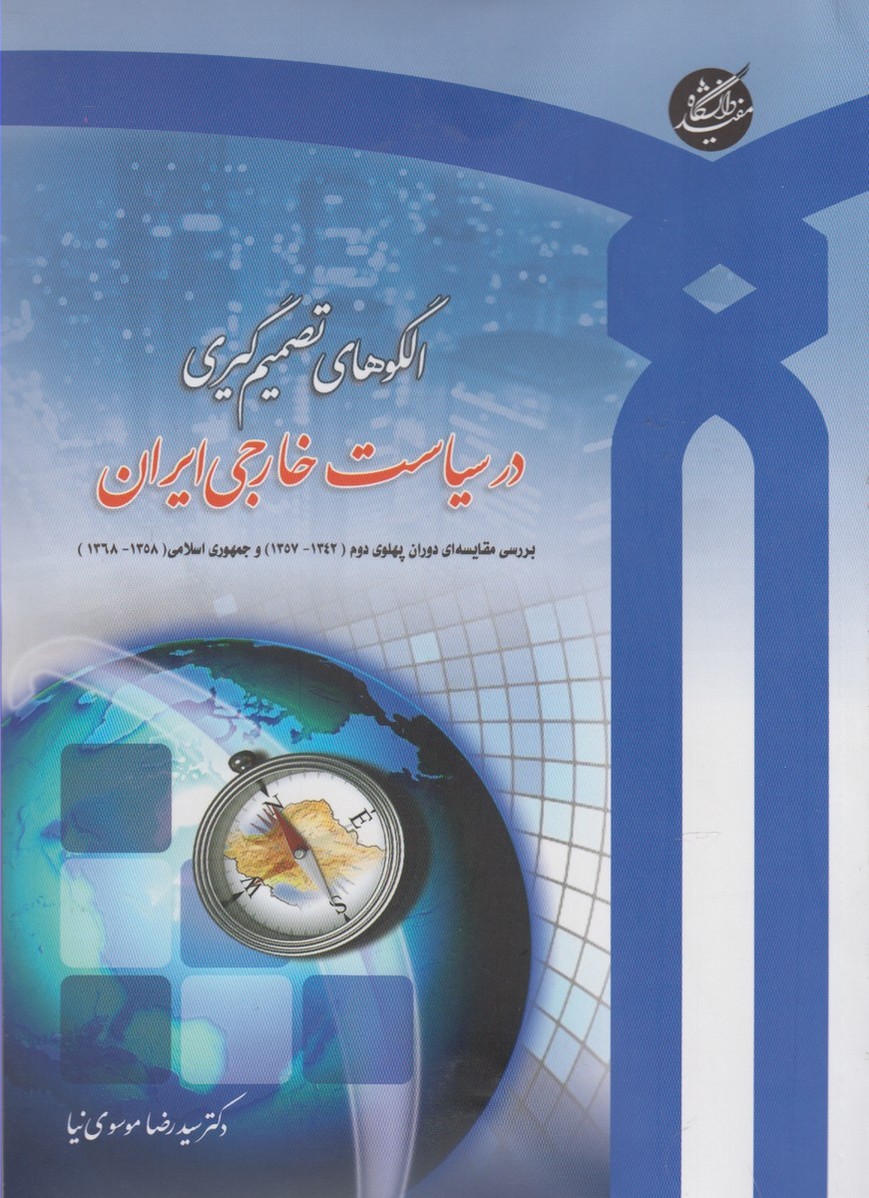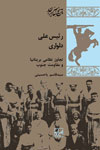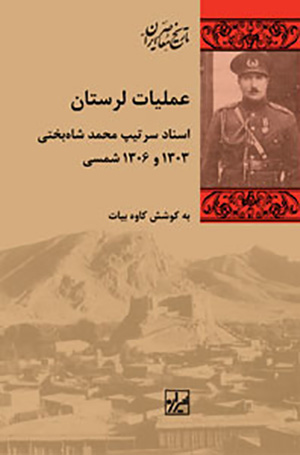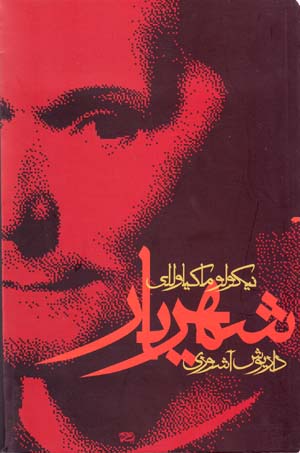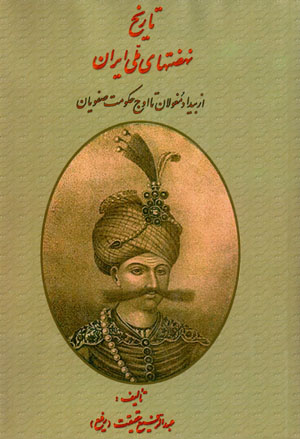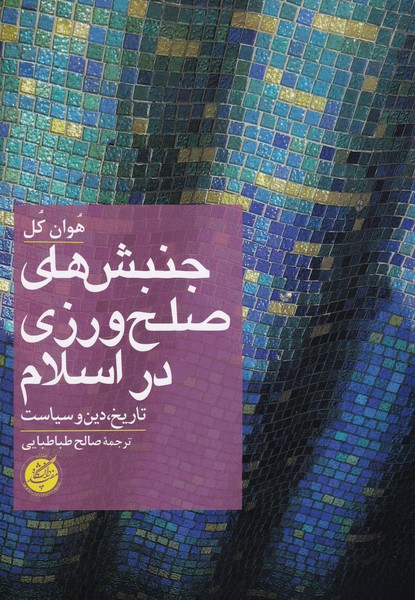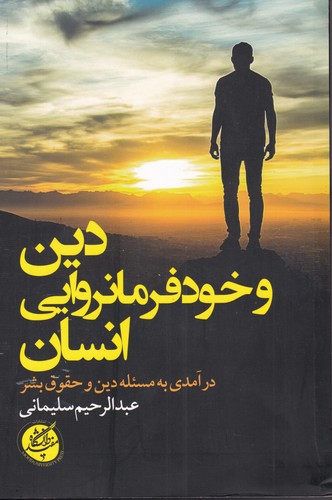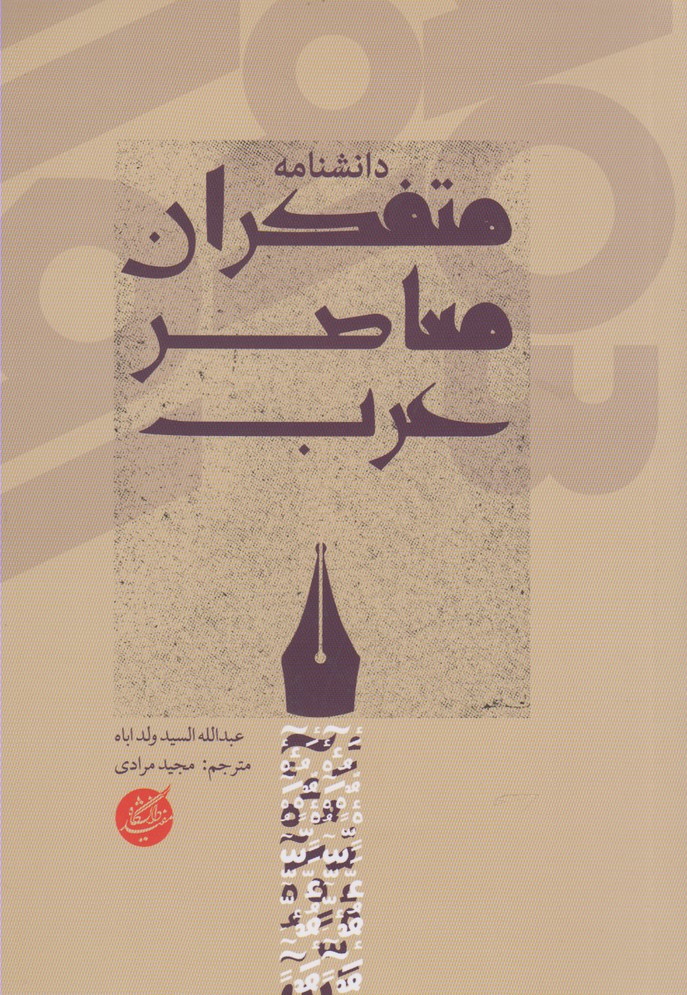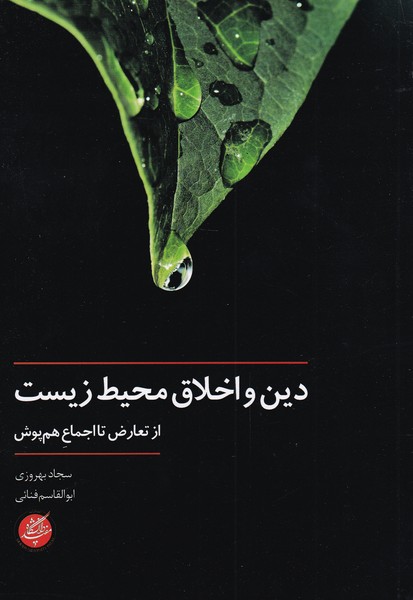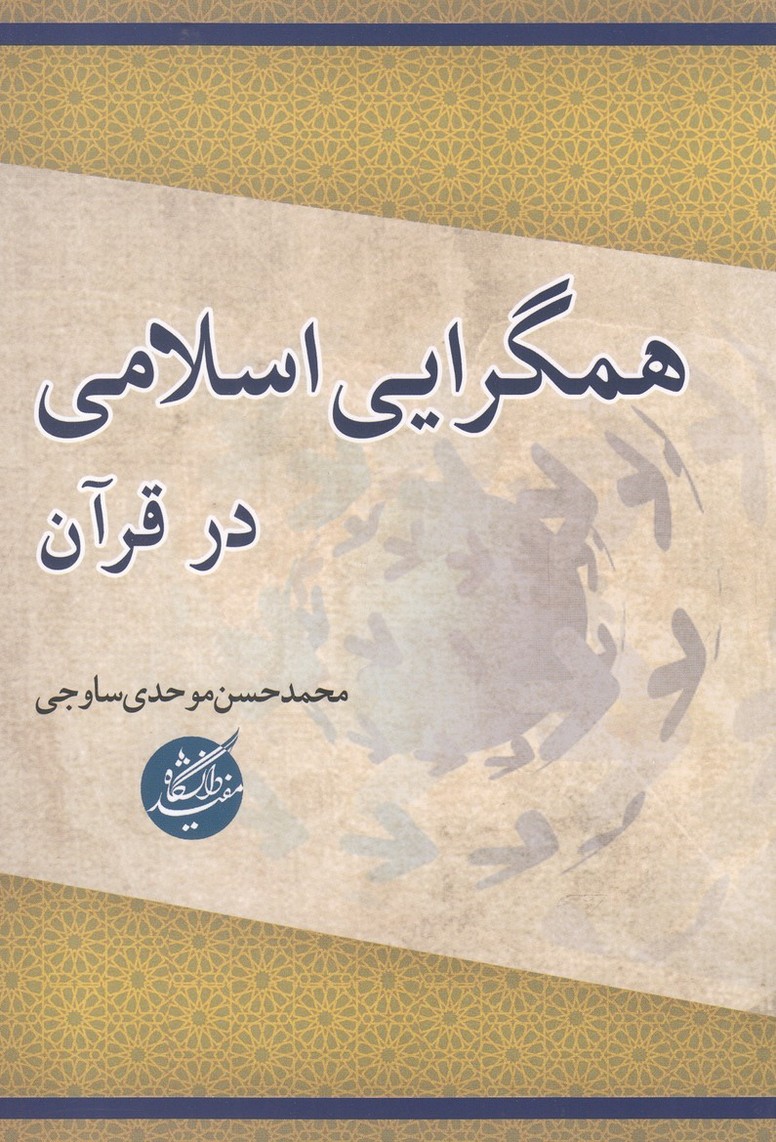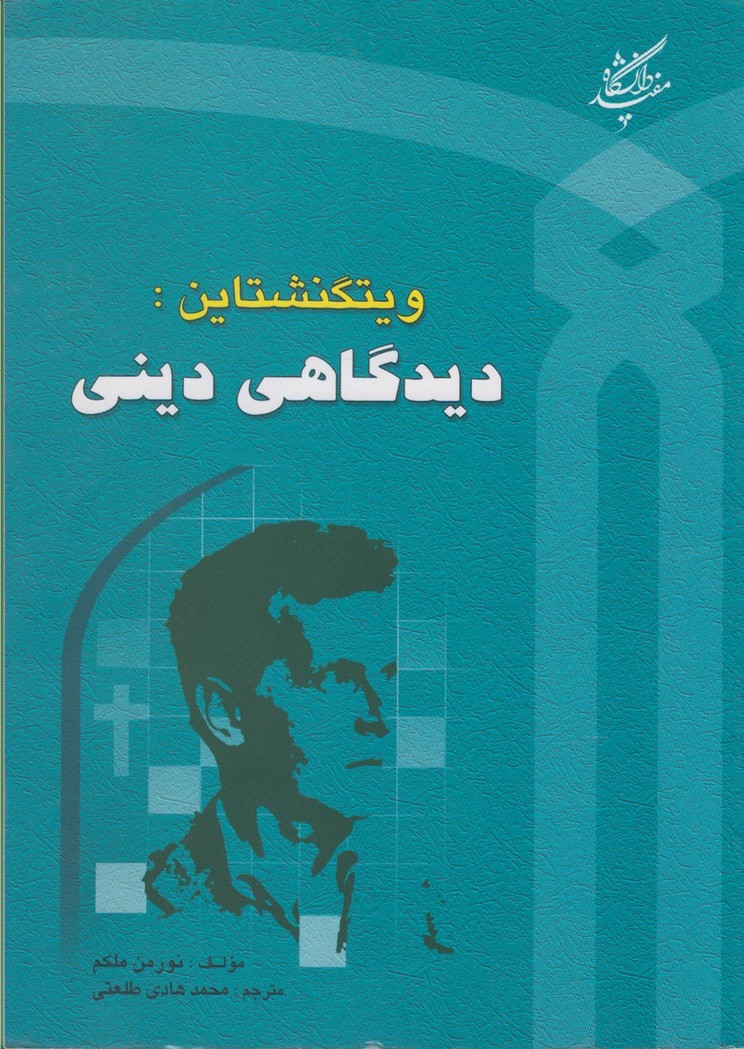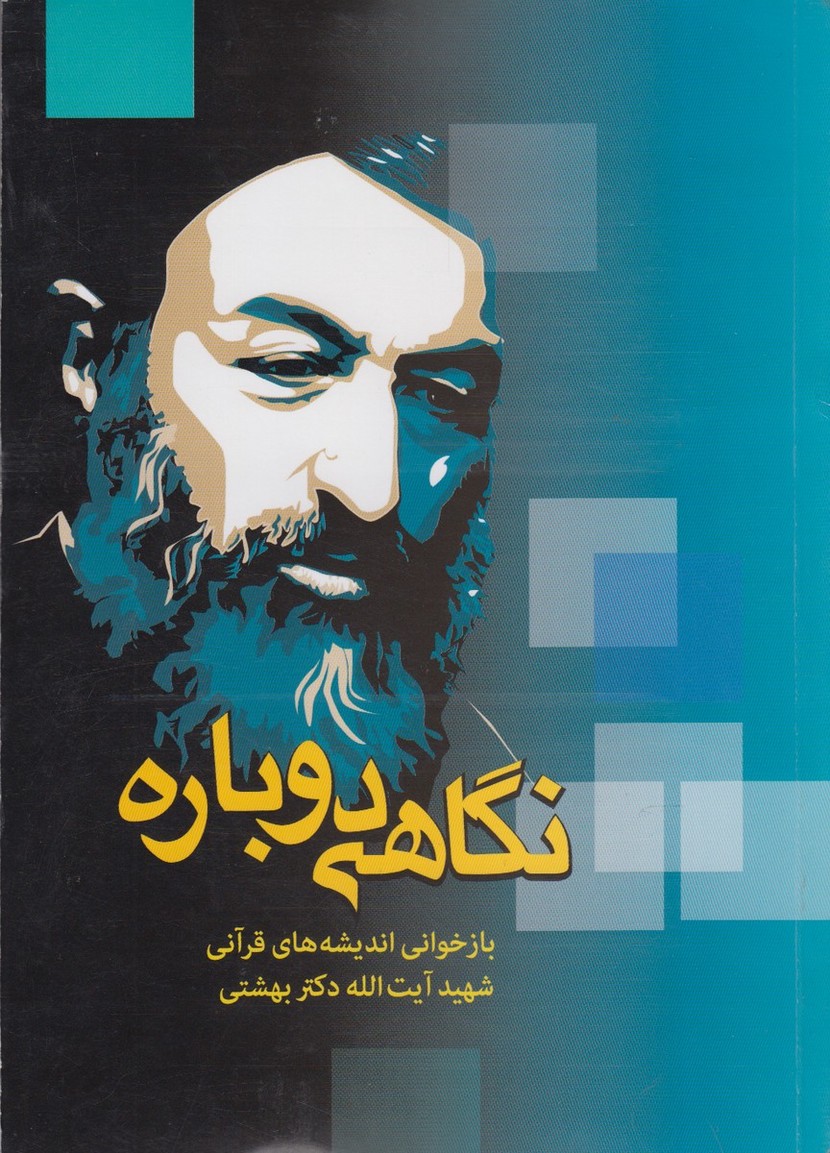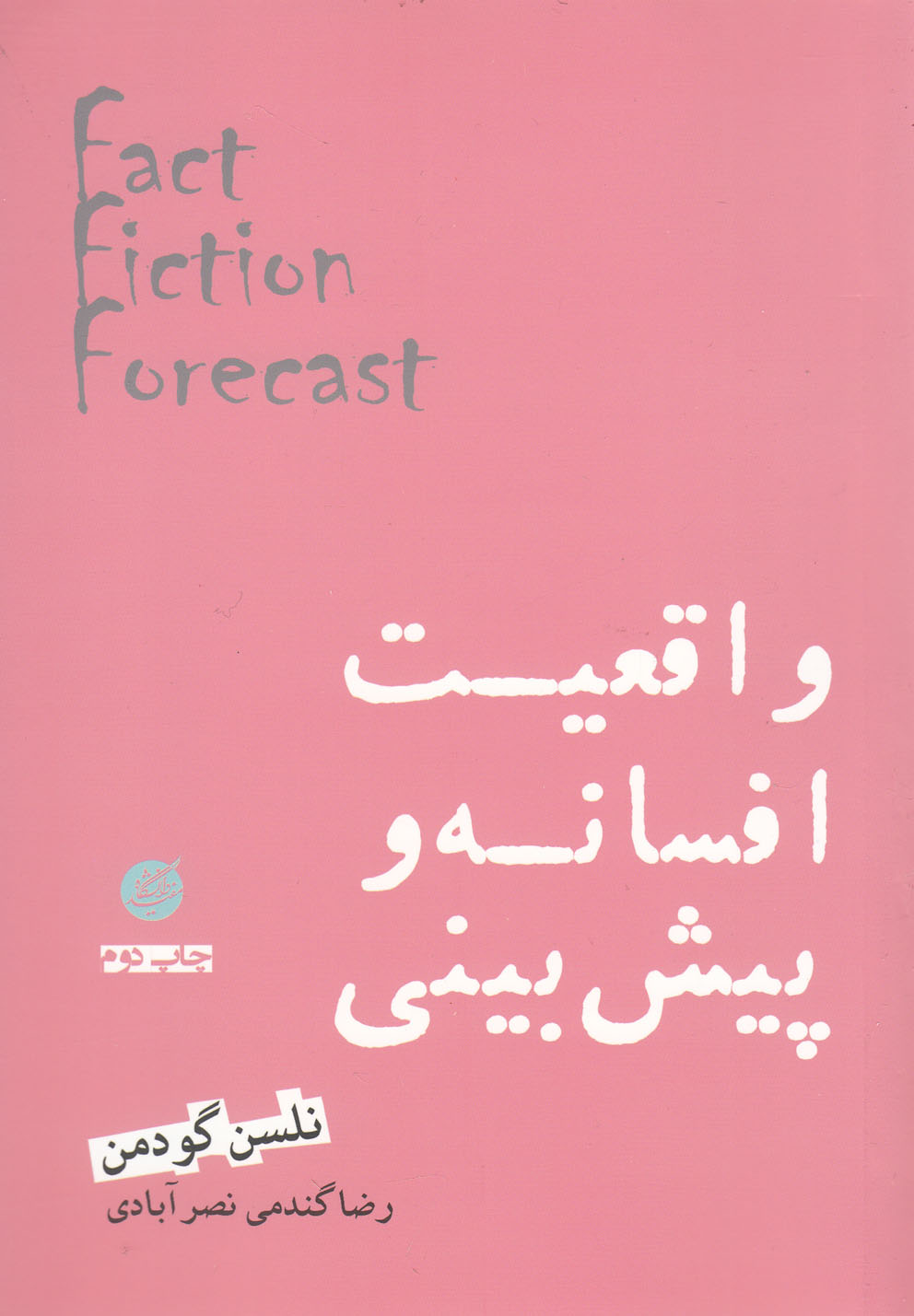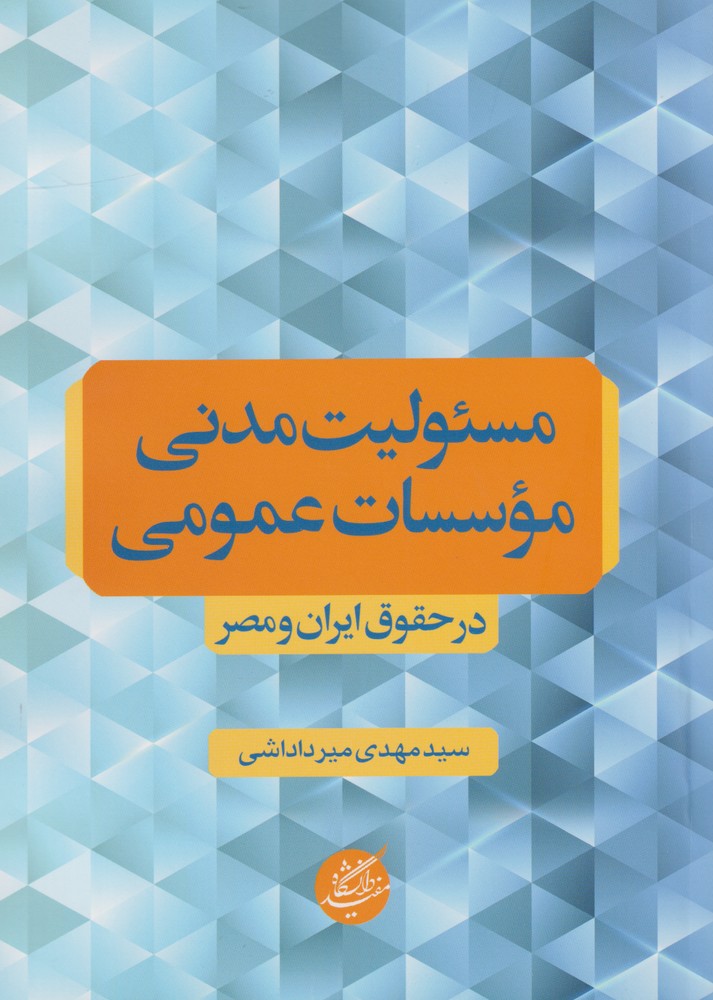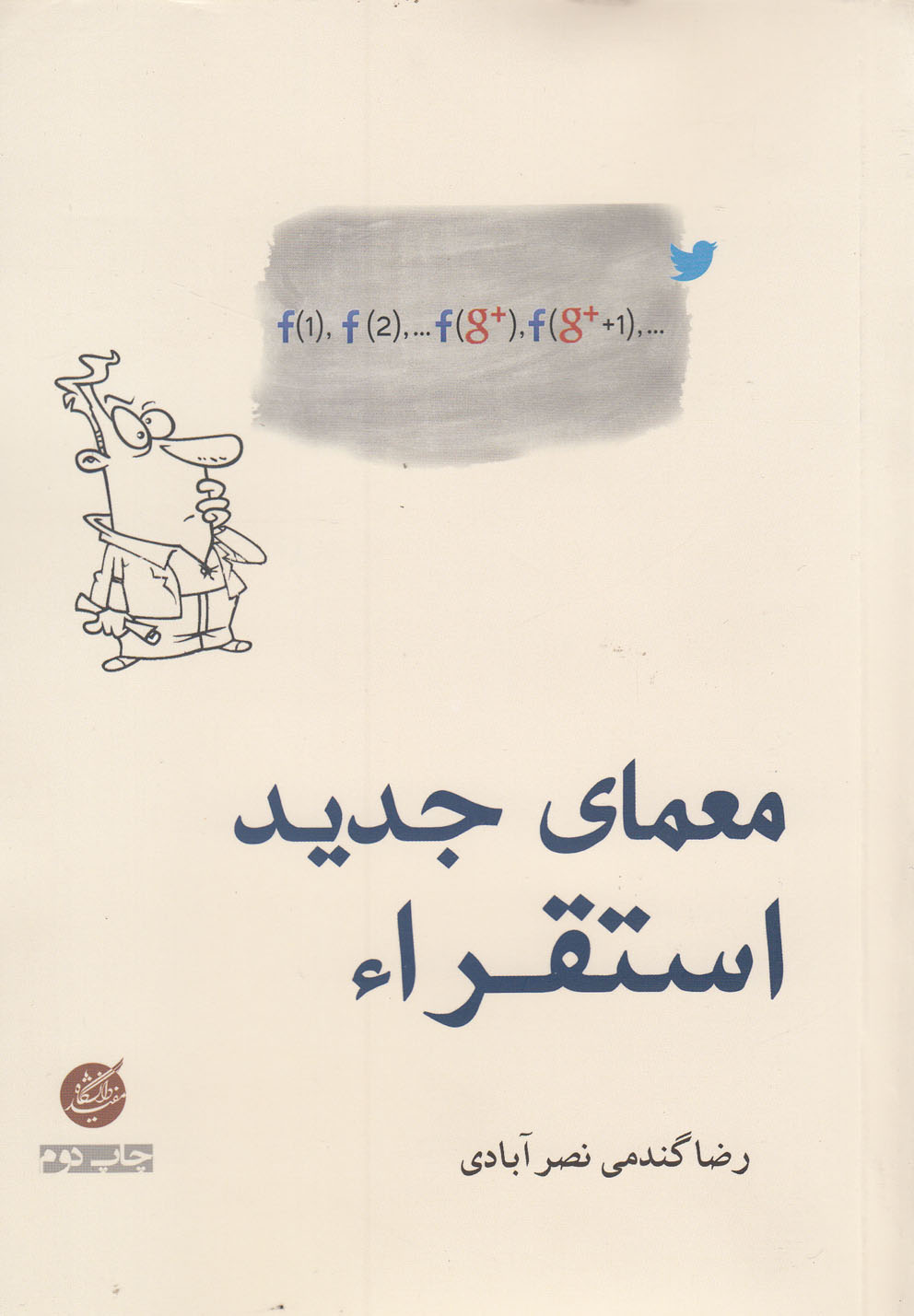Ulgū'hā-yi tasmīm'gīrī dar sīyāsat-i khārijī: Persian 2014
الگوهای تصمیمگیری در سیاست خارجی
22.65 $
Share
Wishlist
Original Title:
الگوهای تصمیمگیری در سیاست خارجی
ISBN:
9789648092462
Publisher:
danishgah-i mufid
Age Group:
Adult
Pages:
375
Weight:
538 g
Dimensions:
18 x 25 x 4.8 cm
Book Cover:
Paperback
The book Decision-Making Patterns in Iran's Foreign Policy is a collection of Mofid University publications, which is written in 374 pages. In the introduction section of the book, it is stated that foreign policy is a guide for positioning in the world. In other words, it includes a set of international goals and ways to achieve them for the members of the international community, i.e. countries. Foreign policy is a strategy or a series of pre-planned actions by government decision-makers whose purpose is to achieve certain goals within the framework of national interests and in the international environment. Therefore, in addition to the fact that the foreign policy of different countries is different, the foreign policy of a country also changes over time. Usually, the goals are chosen by the official decision-makers of the governments to either change the existing international situation in favor of their national interests or try to maintain it. Foreign policy goals are the result of the analysis of goals and means of achieving goals, which can be pursued as short-term, medium-term, and long-term goals for foreign policy decision-makers. Also, there are various patterns and models for examining foreign policy, such as the strategic or logical model, bureaucratic model, adaptation and coordination model, systemic model, and incremental model. The current book authored by Dr. Seyed Reza Mousavinia examines the decision-making patterns of Iran's foreign policy during the second Pahlavi period and the Islamic Republic and compares them with each other. How rational structures and how policymakers understand national interests and foreign policy priorities affect their decisions. By modifying and especially combining two theories of multiple discovery and theory of cognitive calculation to explain the decision-making patterns of Iran's foreign policy, the author presents a rational cognitive analytical framework that can be used to gain an understanding of the patterns of foreign policy decision-making in both the second Pahlavi period and the Islamic Republic. In this book, the author tried to answer the question of how and why a decision is made in the field of Iran's foreign policy. In this way, he has used theoretical and historical tools that can be of interest to political science scholars and those interested in the political history of Iran. In the theoretical aspect, three rational and cognitive theories and multiple explorations have been tested to examine the decision-making process in Iran's foreign policy, and by specifying their institutions in explaining the decision-making process in Iran's foreign policy, he has presented rational cognitive theory as the theoretical framework of the book. In examining the process of these decisions, in addition to using reliable sources, the latest sources released in the archives of the Ministry of Foreign Affairs and interviews with decision-makers who were present in the decision-making text of Iran's foreign policy during the Pahlavi period and the Islamic Republic have been used a lot. The passage of 34 years since the Islamic revolution has allowed me to review the decisions made during the Pahlavi period more impartially.
more
کتاب الگوهای تصمیمگیری در سیاست خارجی ایران از مجموعه کتاب های انتشارات دانشگاه مفید میباشد که در ۳۷۴ صفحه تالیف شده است. در بخش مقدمه کتاب آمده است که سیاست خارجی راهنمای موضعگیری در جهان است. به عبارت دیگر در برگیرنده مجموعه ای از اهداف بین المللی و راه های رسیدن به آنها برای اعضای جامعه بینالمللی یعنی کشورها میباشد. سیاست خارجی عبارت است از یک استراتژی یا یک رشته اعمال از پیش طرح ریزی شده توسط تصمیم گیرندگان حکومتی که مقصود آن دستیابی به اهدافی معین در چهارچوب منافع ملی و در محیط بینالمللی است. بنابراین علاوه بر آنکه سیاست خارجی کشورهای مختلف با هم متفاوت است، سیاست خارجی یک کشور نیز در طی زمان تغییر میکند. معمولا اهداف را تصمیمگیرندگان رسمی دولتها انتخاب میکنند تا یا وضع بین المللی موجود را به نفع منافع ملی خود تغییر دهند و یا در حفظ آن بکوشند. اهداف سیاست خارجی حاصل تحلیل مقاصد و وسایل نیل به اهداف می باشد که به صورت هدف های کوتاه مدت و میان مدت و بلندمدت برای تصمیمگیران عرصه سیاست خارجی قابل پیگیری است. همچنین برای بررسی سیاست خارجی الگوها و مدل های گوناگونی چون: مدل استراتژیک یا منطقی و مدل بوروکراتیک و مدل تطابق و سازواری و مدل سیستمی و مدل فزاینده وجود دارد. کتاب حاضر تالیف دکتر سید رضا موسوی نیا به بررسی الگوهای تصمیمگیری سیاست خارجی ایران در دوره پهلوی دوم و جمهوری اسلامی و مقایسه آن دو با یکدیگر می پردازد. این که چگونه ساختارهای عقلایی و نیز چگونگی درک سیاست سازان از منافع ملی و اولویتهای سیاست خارجی بر تصمیم آنها تاثیر می گذارد. نویسنده با اصلاح و ترکیب خاص از دو نظریه اکتشاف چندگانه و نظریه محاسبه شناختی برای توضیح الگوهای تصمیمگیری سیاست خارجی ایران، چارچوب تحلیلی شناختی عقلایی را ارائه میکند که با آن می توان فهمی از الگوهای تصمیم گیری سیاست خارجی در هر دو دوره پهلوی دوم و جمهوری اسلامی را به دست آورد. نویسنده در این کتاب تلاش کرده تا به این سوال پاسخ دهد که یک تصمیم در عرصه سیاست خارجی ایران چگونه و چرا اتخاذ میشود. در این مسیر از ابزار نظری و تاریخی بهره گرفته که میتواند مورد توجه دانش پژوهان علوم سیاسی و علاقمندان تاریخ سیاسی ایران قرار گیرد. در بعد نظری سه نظریه عقلایی و شناختی و اکتشاف چندگانه را برای بررسی روند تصمیمگیری در سیاست خارجی ایران در معرض آزمون قرار داده تا با مشخص کردن نهادهای آنها در تبیین روند تصمیمگیری در سیاست خارجی ایران نظریه شناختی عقلایی را به عنوان چارچوب نظری کتاب ارائه کرده. در بررسی روند این تصمیم ها نیز علاوه بر استفاده از منابع معتبر از آخرین منابع آزاد شده در آرشیو وزارت خارجه و مصاحبه با تصمیم گیرانی که در متن تصمیمگیری سیاست خارجی ایران در دوره پهلوی و جمهوری اسلامی حضور داشتند بهره فراوان برده شده است. گذشت ۳۴ سال از انقلاب اسلامی این فرصت را داده است تا تصمیمات اتخاذ شده در دوره پهلوی بی طرفانهتر بررسی شود.
more

